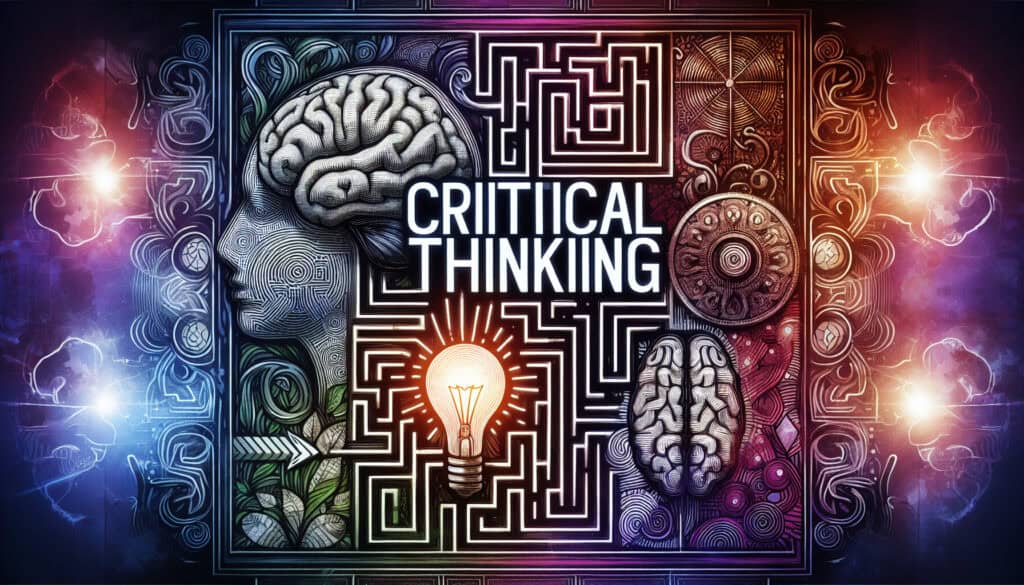对问题进行客观分析和评价,从而形成判断。
- 方法: 客户与营销, 构思, 产品设计
批判性思维

批判性思维
- 方差分析, 持续改进, 解决问题的技巧, 质量管理, 风险管理
目标
如何使用
- 它是一个积极、熟练地对从观察、经验或思考中收集到的信息进行概念化、应用、分析、综合和/或评估的严谨过程。
优点
- 做出更理性、更明智的决定;帮助识别逻辑谬误和 偏见促进清晰的沟通和问题的解决。
缺点
- 需要有意识的努力、技巧和练习;可能比直觉决策更慢;如果不是建设性地运用,可能会被认为过于消极或挑剔。
类别
- 工程, 解决问题, 项目管理
最适合:
- 以合乎逻辑、不偏不倚的方式评估信息、论据和潜在解决方案,从而做出更好的决策。
在产品设计和创新中,批判性思维的应用通常出现在构思和评估阶段,在这一阶段,团队的任务是提出想法并评估其可行性。这种方法广泛应用于技术、消费品、医疗保健和工程等行业,这些行业普遍存在复杂的问题解决和决策过程。参与者可能包括由设计师、工程师、营销人员和项目经理组成的跨职能团队,他们通过结构化的讨论和辩论,对概念进行集体评估和完善。例如,在开发一种新的 医疗器械因此,可以运用批判性思维来评估各种设计选择对可用性和法规遵从性的影响。这些技术包括 SWOT 分析或根本原因分析可以通过确定与每个想法相关的优势、劣势、机会和威胁,进一步支持这些讨论。通过持续关注逻辑推理和客观评估,团队可以找出假设中存在的偏见或误解,从而制定出更明智、更稳健的解决方案。这种方法不仅能加强不同利益相关者之间的合作与交流,还能促进持续改进的文化,因为参与者在探索创新方法和技术的同时,学会质疑自己和他人的观点。在项目管理中,清晰地记录推理过程可以促进迭代设计的完善,并使团队能够跟踪想法和决策的演变。
该方法的关键步骤
- 明确界定问题或疑问。
- 从各种渠道收集相关信息。
- 分析信息的有效性和可靠性。
- 确定影响观点的假设和偏见。
- 制定并考虑多种解决方案或论据。
- 评估每种解决方案的优缺点。
- 根据逻辑推理和证据做出决定。
- 反思决策过程和结果。
专业提示
- 不断质疑和剖析现有设计或想法中的潜在假设,以发现隐藏的局限性或偏见。
- 利用苏格拉底方法等结构化框架,进行更深入的讨论,以揭示推理中的潜在缺陷并推广其他观点。
- 参与跨学科合作,挑战传统智慧,提高分析深度,扩大潜在解决方案的范围。
历史背景
1960
1980
1983
1990
1995
2000
2010
1950
1980
1980
1986
1994
1995
2000
(如果日期不详或不相关,例如 "流体力学",则对其显著出现的时间作了四舍五入的估计)。














相关文章
肌肉骨骼不适调查表
多变量测试(MVT)
多元回归分析
动作捕捉系统
MoSCoW 方法
情绪中值测试